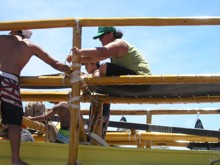
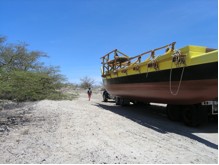
There is a procession to the finger pier where the Makaliʽi will be launched using a crane. The truck pulls the flatbed where the waʽa rests uneasily and is led by Kealiʽi, who along with his wife Pua, anchored the drydock effort and Sonny acting as pilots. Just behind three exuberant youth frolic, running up to hitch a ride, then falling away to continue their dance of delight. Behind them is a pilgrimage and like many pilgrims, they are led by their hopes for the future and a need to reconnect with the past. For the Hawaiian culture, it all began with the waʽa. The winds are alternating between cooing caresses and angry jackhammer blows, offended that this plaything of theirs is being kept from them still, wanting to sweep it away into the sea.
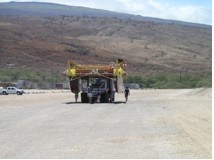
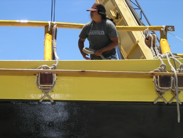
The watchers are called on to bring water, add weight to a line. Kaleihinano, Punanaleo teacher gazes at her beautiful son and daughter, who are self-assured members of the crew. Then finally the keiki have to leave, but rather than break the connections, they seal it with chant. Stepping forward in a respectful line, they call out. The crew pauses in stilled respect and when the keiki have finished, they give an answering chant, the lead voice being passed between crew members.
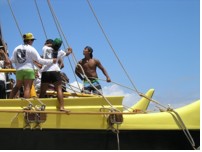
 RSS Feed
RSS Feed
